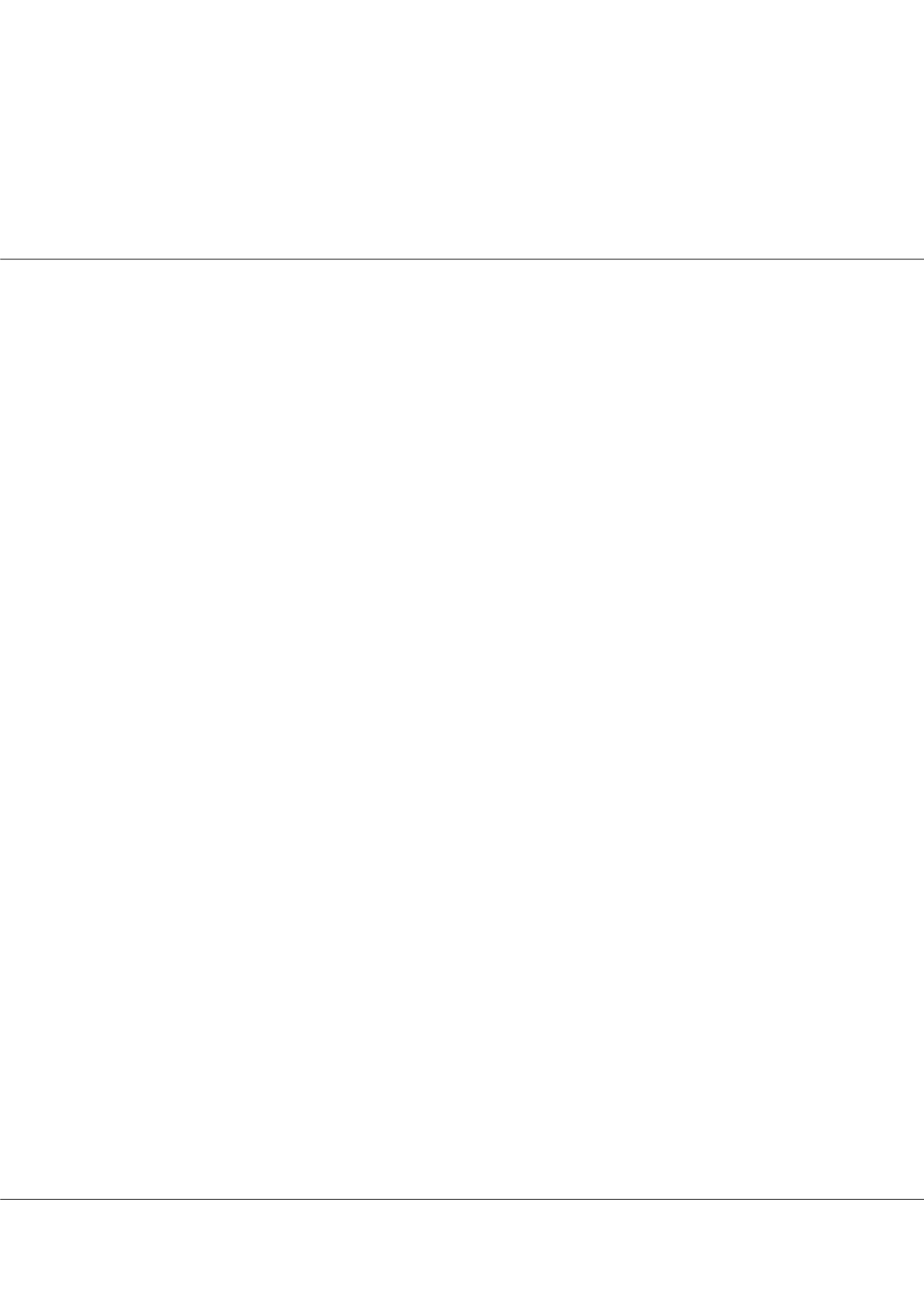

Page 58
Notes:
conferenceseries
.com
Volume 8, Issue 5 (Suppl)
J Addict Res Ther, an open access journal
ISSN: 2155-6105
6
th
World Congress on
August 29-31, 2017 | Prague, Czech Republic
Addiction Disorder & Addiction Therapy
Addiction Congress 2017
August 29-31, 2017
Effect of lofexidine versus diazepam on anxiety during opioid detoxification: finding from a
randomized double-blind controlled trial
Song Guo, Yi Yang
and
Kim Eng Wong
National Addictions Management Service, Singapore
Background:
Lofexidine, an alpha-2 adrenergic receptor agonist, has been approved in the United Kingdom for the treatment
of opioid withdrawal symptoms. Many research studies have demonstrated the efficacy and safety of lofexidine comparing
with placebo, clonidine, methadone, buprenorphine. However none of these studies has compared lofexidine with diazepam
in managing heroin withdrawal syndrome. This study looks at the efficacy of lofexidine versus diazepam on reducing anxiety
symptoms during inpatient detoxification.
Method:
This is a randomised double-blind investigator initiated trial in National Addictions Management Service (NAMS),
Singapore. Maudsley Addiction Profile (MAP) containing measurements on the severity of anxious and depressed moods was
assessed every 3 days after admission (on days 3, 6, 9 and 12) by the delegated researcher. Subjects received either standard
treatment diazepam or the trial medication lofexidine up to 10 days followed by 4 days continuous psychological education
during NAMS inpatient detoxification programme. Initial dosage of lofexidine and diazepam started from 0.8 mg and 10
mg respectively, per day in divided doses. The peak dosage of lofexidine and diazepam were 2.2 mg and 15 mg (on day 3,
4) respectively. The subjects in both groups subsequently received the tapering doses till day 10. CBT based psychological
intervention were provided throughout the whole study period.
Results:
Total 111 patients with diagnosis of heroin dependence (DSM-IV-TR) were randomized to the trial, 56 in lofexidine
group and 55 in diazepam group. The severity of anxiety symptoms in MAP such as “feeling tense”, “suddenly scared for no
reason”, “feeling fearful”, “nervousness of shakiness inside” and “spells of terror” or “panic” reduced in both treatment groups
over time during the study period. There were no statistical differences comparing these anxiety symptoms between lofexidine
group and diazepam groups.
Discussion:
Diazepam is prescribed as the standard pharmacological treatment in the management of opioid withdrawal
syndrome in NAMS. However, it’s addictive pharmacological profile limits its usage for opioid dependence. The results
suggest that lofexidine, a non-opiate, non-addictive alpha-2-agonist could be an alternative medication in assisting opioid
detoxification in Singapore.
Biography
Song Guo is a Senior Consultant Psychiatrist and the Head of Research of the Addiction Medicine Department and National Addictions Management Service
of Institute of Mental Health Singapore, with a joint position as Adjunct Assistant Professor at Duke-NUS Graduate Medical School. He holds a PhD in
Psychopharmacology and has practiced in Addictions Medicine since 1990, including serving as the Director of the National Drug Dependence Treatment Centre,
Beijing (2003-2004). His interests are in the areas of translational clinical studies and treatment outcome monitoring.
song_guo@imh.com.sgSong Guo et al., J Addict Res Ther 2017, 8:5 (Suppl)
DOI: 10.4172/2155-6105-C1-034
















